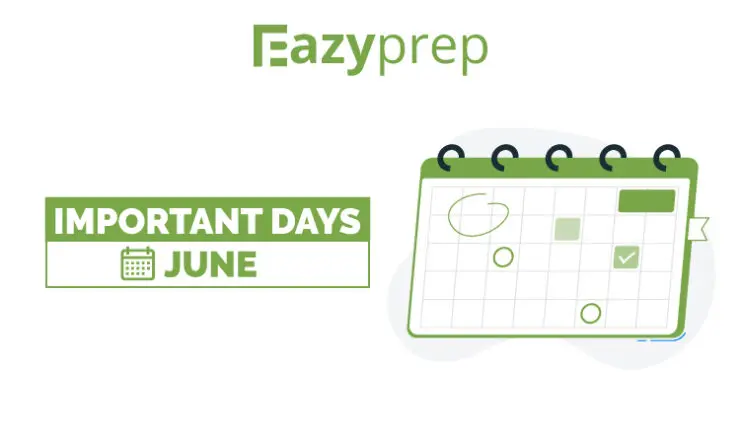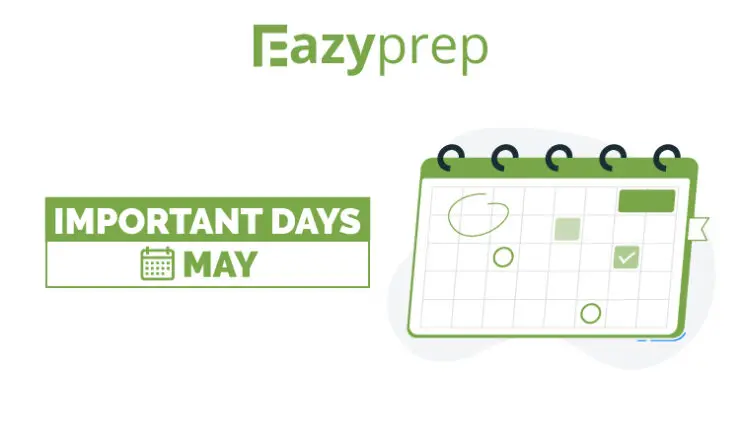![]()
 What will you learn in this chapter?
What will you learn in this chapter?
- What is a syllogism?
- What is the proposition?
- Different types of propositions.
 Exam Connect
Exam Connect
Syllogisms are one of the most critical topics in logical reasoning and are widely seen across all the different examinations. The concept in itself is moderately difficult, but with proper understanding and practice, you could easily score good marks.
Syllogism
The word ‘syllogism’ has Greek origin meaning inference or deduction. It is a process by which a logical deduction is made from the given set of statements. In simpler words, syllogisms are where some statements are given, and you need to understand them and use them to derive your conclusions. Venn diagrams are used for visual understanding and representation of the statements.
Note: A single statement can have multiple diagrams representation.
Now let’s understand some common jargons of syllogisms:
Proposition: It refers to the statements that state the relationship between 2 variables. It consists of a subject, a predicate, and the relation between these two.
EazyTip: While solving questions of syllogism, we will ignore all the commonly known facts, even if it seems to be odd. These statements test logic, but may or may not make sense. E.g. lions cannot be pigs.
Now there are two types of propositions which are under our syllabus:
1. Universal
1a) Universal Positive
For example,” All A Are B.”
So the above universal positive statement can be depicted using the Venn diagrams in the following ways.
So figure 1 is the basic diagram, and figure 2 is another possible representation of the statements.
Note: If we are told that “A are B,” then we will consider this as “All A Are B.”
1b) Universal Negative
For example, “No A Are B.”
The statement clearly says no element of A is present is included in B, so there is only one possible diagrammatic representation of the statement.
This is the only representation of a universal negative statement.
2. Particular
2a) Particular Positive
For example, “Some A Are B.”
The given statement infers that some part of A is B. so we can represent the given statement as:
So these are the four diagrammatical representation of a particular positive proposition.
2b) Particular Negative
For example, “Some A are not B.”
The given statement infers that some part of A is not B. so we can represent the given statement as:
These are the three ways to graphically represent a particular negative proposition.
Note: A conclusion will be considered valid only if it is true in all the possible scenarios.
Example Question: Statement: All apples are bananas
Conclusion: All bananas are apple; some bananas are apple.
Solution: As we can see that the given statement is Universal affirmative. So firstly, we will draw the Venn diagram of the statement.
Now C1 i.e., All bananas are apples is not valid because it is not true in figure (i)
Now, C2 i.e., Some bananas are apple is valid because it is true in all the possible scenarios.
Complete the Syllogism topic by reading about its question-solving approach article here!


